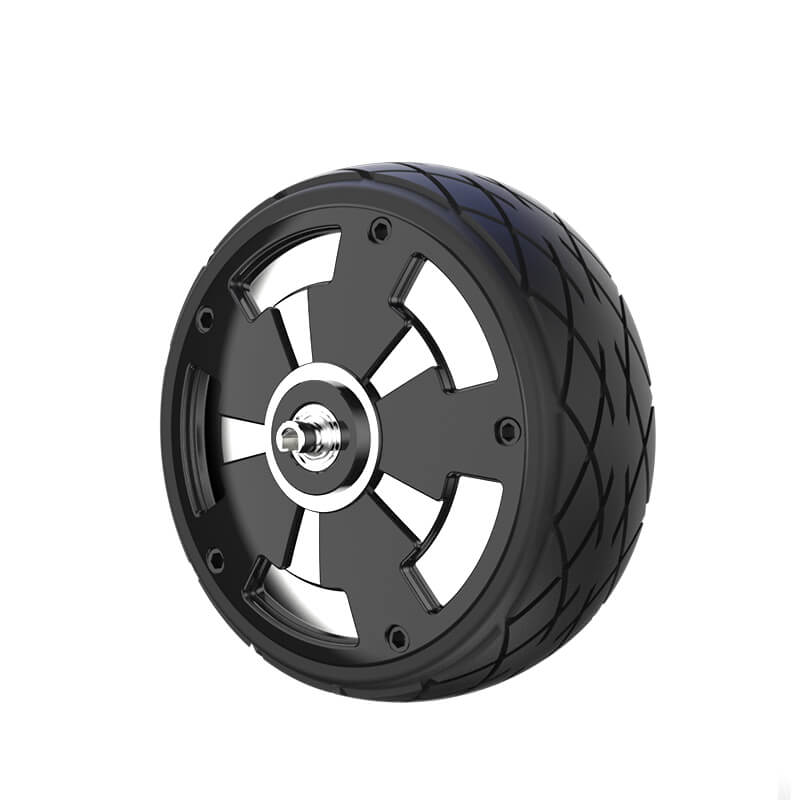The Magic Behind Servo Motors and Potentiometers: A Synergistic Duo in Motion Control
In the rapidly evolving landscape of automation and robotics, the quest for precise, reliable, and efficient motion control solutions has never been more intense. Among the myriad of components that make this possible, servo motors paired with potentiometers stand out as a classic yet continually relevant duo. Their conjugation embodies a synergy—one that delivers refined control, responsiveness, and adaptability.

What Is a Servo Motor?
At its core, a servo motor is a specialized rotary actuator capable of precise control of angular or linear position, velocity, and acceleration. Unlike regular motors that run continuously, servo motors operate based on feedback mechanisms, making them ideal for intricate and controlled movements. They are widely favored in robotics, remote-controlled vehicles, CNC machinery, and industrial automation because of their high precision and swift response capabilities.
A typical servo system comprises a motor, a control circuit, and a feedback device. When a command signal is issued—say, to turn a robotic arm to a specific angle—the servo motor actuates, and the feedback device continuously relays the motor's position back to the controller, ensuring the movement is accurate and reaches the intended target.
Enter the Potentiometer: A Simple but Powerful Feedback Tool
While modern systems increasingly rely on encoders or Hall sensors, the humble potentiometer remains a stalwart in the realm of feedback devices. Essentially, a potentiometer is a three-terminal resistor with a movable wiper that adjusts resistance as it slides across a resistive element. When configured properly, it converts mechanical position into an electrical signal—voltage—that can be read by control circuits.
Think of a potentiometer as an intuitive bridge—a straightforward way to translate mechanical movement into electrical feedback. When paired with a servo motor, it can serve as a position sensor, providing real-time data about the motor’s current angle. This information allows the control system to make precise adjustments, ensuring the operation aligns perfectly with the desired output.
Why Integrate a Potentiometer with a Servo Motor?
Merging a potentiometer with a servo motor is akin to giving the system a sense of self-awareness. It transforms the setup from a simple actuator into a smart, responsive unit capable of maintaining or adjusting its position based on real-time feedback. Here are a few compelling reasons for integration:
Enhanced Precision: The potentiometer constantly relays position data, enabling the servo to make micro-adjustments. This is especially crucial in applications where exact alignment is non-negotiable.
Cost-Effective Solution: While complex encoders can offer advanced capabilities, potentiometers are simple, affordable, and readily available, often providing sufficient feedback for many applications.
Ease of Implementation: Wiring and integrating a potentiometer is straightforward, making it ideal for prototypes, educational projects, and quick deployments.
Versatility in Applications: From robot arms and camera gimbals to manual control devices and even musical instruments—if your goal involves nuanced, controlled movements, potentiometers and servo motors are a dynamic duo.
How Does the System Work?
Let’s walk through a typical setup:
Position Command: The system receives a target position, which could be from a user interface, a programmed sequence, or an autonomous controller.
Motor Activation: The servo motor starts moving toward this position.
Feedback Loop: As the servo moves, the potentiometer’s wiper changes position correspondingly, altering the voltage output.
Signal Processing: The control circuit reads this voltage—an electrical mirror of the motor’s current position.
Adjustment: If the feedback shows the motor is off-course, the system adjusts the motor’s operation, either by increasing or decreasing its power to accurately reach the target.
Stabilization: Once the position matches the command, the system holds the position, ready for the next action.
This closed-loop system exemplifies how simple components can work together efficiently to produce complex, high-precision movements.
Part 2 to follow shortly with more insights into practical applications, future trends, and detailed considerations for designing servo motor and potentiometer systems.
Leveraging innovations in modular drive technology, Kpower integrates high-performance motors, precision reducers, and multi-protocol control systems to provide efficient and customized smart drive system solutions.




































